-
 Bitcoin
Bitcoin $105,615.5101
-1.70% -
 Ethereum
Ethereum $2,405.4595
-3.56% -
 Tether USDt
Tether USDt $1.0001
-0.02% -
 XRP
XRP $2.1728
-3.41% -
 BNB
BNB $646.9733
-1.79% -
 Solana
Solana $147.5744
-4.78% -
 USDC
USDC $0.9999
-0.01% -
 TRON
TRON $0.2797
-0.09% -
 Dogecoin
Dogecoin $0.1584
-4.51% -
 Cardano
Cardano $0.5427
-5.54% -
 Hyperliquid
Hyperliquid $37.0745
-6.61% -
 Bitcoin Cash
Bitcoin Cash $501.6174
-3.46% -
 Sui
Sui $2.6807
-3.86% -
 Chainlink
Chainlink $12.8618
-3.85% -
 UNUS SED LEO
UNUS SED LEO $8.9213
-1.73% -
 Avalanche
Avalanche $17.1447
-4.67% -
 Stellar
Stellar $0.2267
-5.16% -
 Toncoin
Toncoin $2.7869
-3.99% -
 Shiba Inu
Shiba Inu $0.0...01123
-2.11% -
 Litecoin
Litecoin $83.6709
-3.55% -
 Hedera
Hedera $0.1444
-4.30% -
 Monero
Monero $310.7502
-3.68% -
 Dai
Dai $1.0000
0.01% -
 Ethena USDe
Ethena USDe $1.0000
-0.01% -
 Polkadot
Polkadot $3.2760
-4.00% -
 Bitget Token
Bitget Token $4.4537
-1.97% -
 Uniswap
Uniswap $6.5603
-8.33% -
 Aave
Aave $260.3777
-5.62% -
 Pepe
Pepe $0.0...09300
-5.00% -
 Pi
Pi $0.4860
-3.15%
How do I view historical candlestick data on Gemini?
To view historical candlestick data on Gemini, log in, select your crypto pair, navigate to the chart, adjust the time frame, and use tools like moving averages for analysis.
Apr 06, 2025 at 07:36 pm

Introduction to Viewing Historical Candlestick Data on Gemini
Gemini, a well-established cryptocurrency exchange, provides traders with various tools to analyze market trends and make informed trading decisions. One of the essential tools for any trader is the ability to view historical candlestick data, which can offer valuable insights into market movements over time. This article will guide you through the process of accessing and interpreting historical candlestick data on Gemini, ensuring you can leverage this powerful tool effectively.
Accessing the Gemini Trading Platform
To begin viewing historical candlestick data on Gemini, you first need to access the trading platform. Here’s how you can do it:
- Open your web browser and navigate to the Gemini website.
- Log in to your Gemini account using your credentials. If you don’t have an account, you will need to create one before proceeding.
- Once logged in, navigate to the trading section of the platform. This is usually found under a tab labeled "Trade" or "Markets."
Selecting the Cryptocurrency Pair
After accessing the trading section, you need to select the specific cryptocurrency pair for which you want to view historical candlestick data. Gemini supports a wide range of cryptocurrency pairs, including popular ones like BTC/USD and ETH/USD.
- Click on the dropdown menu that lists available trading pairs.
- Choose the pair you are interested in analyzing. For example, if you want to view data for Bitcoin against the US Dollar, select BTC/USD.
Navigating to the Chart Section
Once you have selected your cryptocurrency pair, you need to navigate to the chart section where the candlestick data is displayed.
- Look for a tab or button labeled "Chart" or "Candlestick Chart" and click on it. This will open the charting interface where you can view the historical data.
Adjusting the Time Frame
To view historical candlestick data, you need to adjust the time frame to suit your analysis needs. Gemini allows you to view data in various time frames, from as short as one minute to as long as one month.
- Locate the time frame selector on the chart interface. This is usually found at the top or bottom of the chart.
- Choose the desired time frame by clicking on the appropriate option. For example, if you want to view data for the past week, select the "1W" option.
Interpreting the Candlestick Data
Understanding how to read and interpret candlestick data is crucial for making informed trading decisions. Each candlestick on the chart represents price movement over a specific period, defined by the time frame you selected.
- The body of the candlestick represents the opening and closing prices. If the body is green, it indicates that the closing price was higher than the opening price, signaling a bullish trend. If the body is red, it indicates that the closing price was lower than the opening price, signaling a bearish trend.
- The wicks or shadows of the candlestick represent the highest and lowest prices reached during the period. The top of the upper wick shows the highest price, while the bottom of the lower wick shows the lowest price.
Using Additional Charting Tools
Gemini’s charting interface also offers additional tools to enhance your analysis of historical candlestick data. These tools can help you identify trends and patterns more effectively.
- Moving Averages: These lines help smooth out price data to identify trends over time. To add a moving average to your chart, click on the "Indicators" button and select the type of moving average you want to use, such as Simple Moving Average (SMA) or Exponential Moving Average (EMA).
- Volume: This tool shows the trading volume for each period, which can help confirm the strength of a trend. To add volume to your chart, click on the "Indicators" button and select "Volume."
- Trend Lines: These lines help you identify support and resistance levels. To draw a trend line, click on the "Drawing Tools" button and select the "Trend Line" option. Then, click and drag on the chart to draw the line.
Saving and Exporting Data
If you need to save or export the historical candlestick data for further analysis, Gemini provides options to do so.
- To save a chart image, click on the "Save" or "Export" button on the chart interface. Choose the format you want to save the image in, such as PNG or JPEG.
- To export data, click on the "Export Data" button if available. This will allow you to download the data in a format like CSV, which you can then import into other analysis tools.
Frequently Asked Questions
Q: Can I customize the appearance of the candlestick chart on Gemini?
A: Yes, Gemini allows you to customize the appearance of the candlestick chart. You can change the color scheme, add or remove indicators, and adjust the time frame to suit your preferences. To customize the chart, click on the "Settings" or "Customize" button on the chart interface and make your desired changes.
Q: How far back can I view historical candlestick data on Gemini?
A: The availability of historical candlestick data on Gemini depends on the cryptocurrency pair and the time frame you select. Generally, you can view data going back several years for major pairs like BTC/USD. To check the available data range, adjust the time frame and scroll through the chart to see how far back the data goes.
Q: Can I use the historical candlestick data from Gemini for backtesting trading strategies?
A: Yes, you can use the historical candlestick data from Gemini for backtesting trading strategies. To do this, export the data in a format like CSV and then import it into a backtesting software or platform of your choice. This allows you to test your strategies against historical market conditions.
Q: Is there a mobile app version of Gemini that supports viewing historical candlestick data?
A: Yes, Gemini offers a mobile app that supports viewing historical candlestick data. To access this feature on the mobile app, open the app, log in to your account, navigate to the trading section, select your cryptocurrency pair, and tap on the chart icon to view the candlestick data. The mobile app provides similar functionality to the web platform, allowing you to adjust time frames and use additional charting tools.
Disclaimer:info@kdj.com
The information provided is not trading advice. kdj.com does not assume any responsibility for any investments made based on the information provided in this article. Cryptocurrencies are highly volatile and it is highly recommended that you invest with caution after thorough research!
If you believe that the content used on this website infringes your copyright, please contact us immediately (info@kdj.com) and we will delete it promptly.
- Michael Saylor, Bitcoin, and $500 Million: A Winning Strategy?
- 2025-07-02 08:30:12
- Toncoin's Telegram Takeover: Price Predictions and the Power of Utility
- 2025-07-02 09:10:12
- USDC Mining & Cloud Mining: Unlocking Daily Rewards in 2025
- 2025-07-02 09:15:12
- XRP, Cloud Mining, and the 2025 Market: A New Yorker's Take
- 2025-07-02 08:30:12
- Arctic Pablo Coin: Is This Meme Coin the Key to 100x ROI Investing?
- 2025-07-02 08:50:12
- Ripple (XRP) and Crypto Portfolio Rescue: Is Bitcoin Solaris the Answer?
- 2025-07-02 09:30:13
Related knowledge
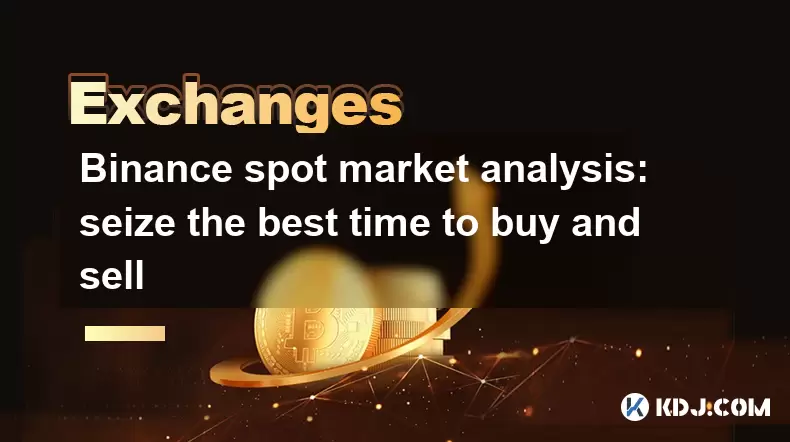
Binance spot market analysis: seize the best time to buy and sell
Jun 19,2025 at 04:56pm
Understanding the Binance Spot MarketThe Binance spot market is one of the most popular platforms for cryptocurrency trading globally. It allows users to trade digital assets at current market prices, making it essential for traders aiming to buy low and sell high. Unlike futures or margin trading, spot trading involves direct ownership of the asset aft...
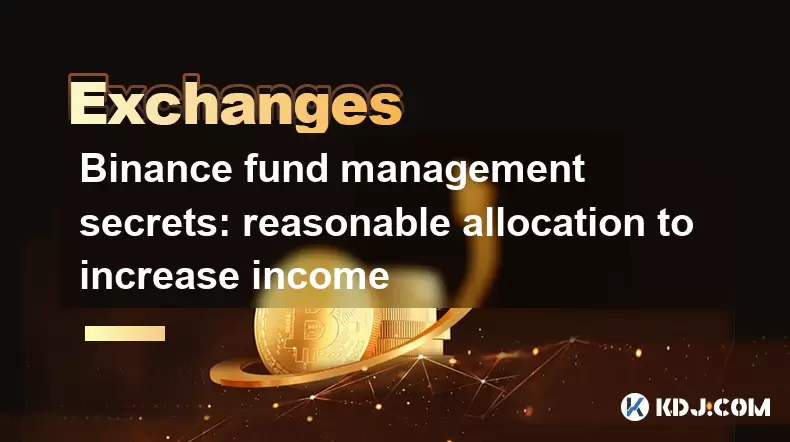
Binance fund management secrets: reasonable allocation to increase income
Jun 22,2025 at 02:29pm
Understanding Binance Fund ManagementBinance fund management involves strategic allocation of your cryptocurrency assets to optimize returns while managing risk. The key to successful fund management lies in understanding how different investment options on the Binance platform can be utilized to create a diversified portfolio. This includes spot tradin...
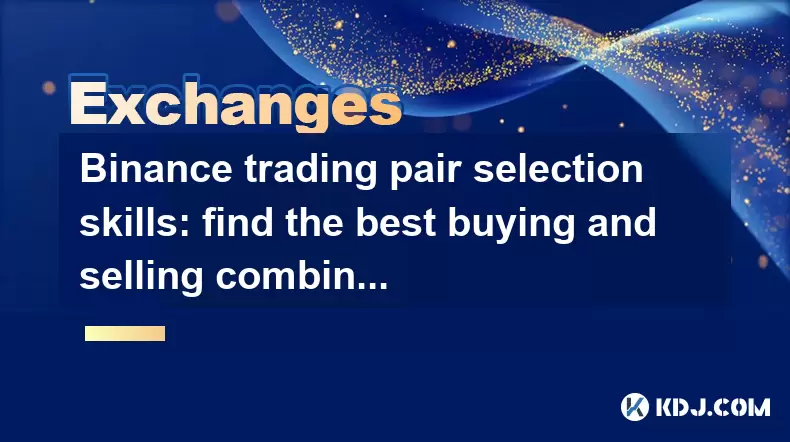
Binance trading pair selection skills: find the best buying and selling combination
Jun 23,2025 at 02:49am
Understanding the Basics of Trading Pairs on BinanceBefore diving into trading pair selection skills, it's essential to understand what a trading pair is. On Binance, a trading pair refers to two cryptocurrencies that can be traded against each other. For example, BTC/USDT means Bitcoin is being traded against Tether. Each trading pair has its own liqui...
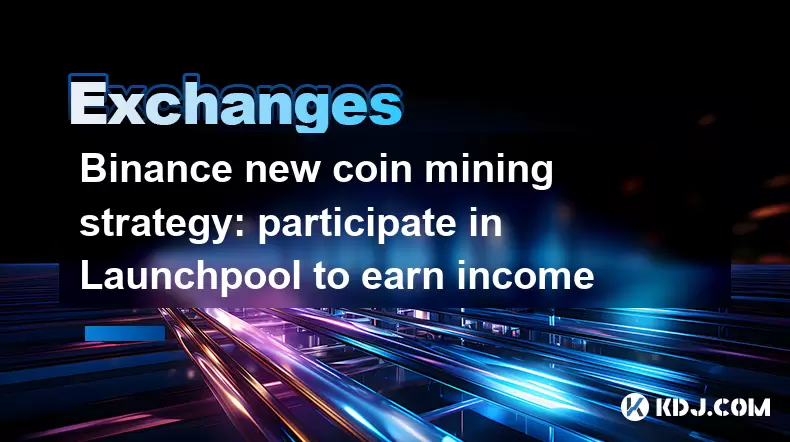
Binance new coin mining strategy: participate in Launchpool to earn income
Jun 23,2025 at 11:56am
What is Binance Launchpool and how does it work?Binance Launchpool is a feature introduced by the world’s largest cryptocurrency exchange, Binance, to allow users to earn new tokens through staking. This platform enables users to stake their existing cryptocurrencies (such as BNB, BUSD, or other supported assets) in exchange for newly launched tokens. T...
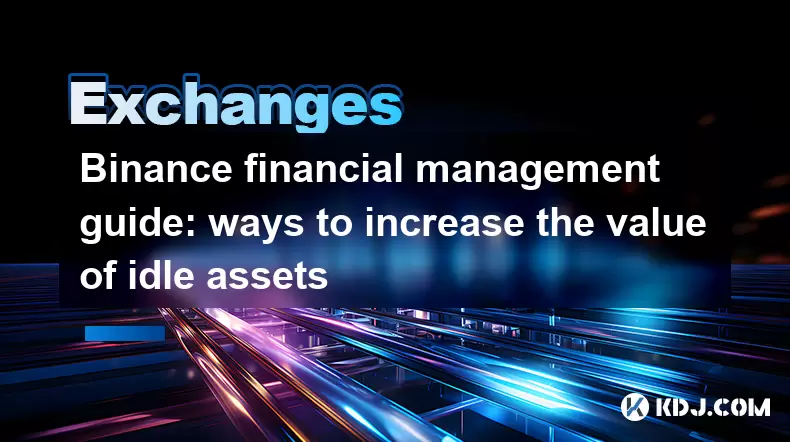
Binance financial management guide: ways to increase the value of idle assets
Jun 19,2025 at 11:22pm
Understanding Idle Assets in the Cryptocurrency SpaceIn the fast-paced world of cryptocurrency, idle assets refer to digital currencies that are not actively being used for trading, staking, or yield farming. Holding these funds in a wallet without utilizing them means missing out on potential growth opportunities. Binance, as one of the leading platfor...
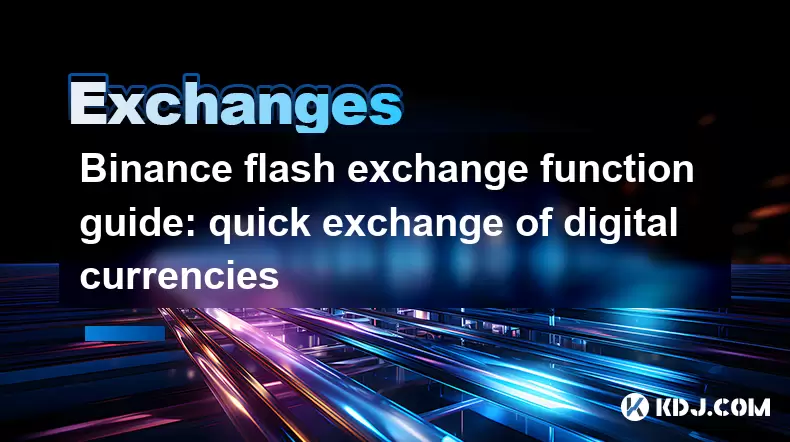
Binance flash exchange function guide: quick exchange of digital currencies
Jun 23,2025 at 12:29pm
What is the Binance Flash Exchange Function?The Binance Flash Exchange function is a powerful tool designed to allow users to instantly swap between supported cryptocurrencies without the need for placing traditional buy/sell orders. This feature simplifies the trading process by offering a direct exchange mechanism, eliminating the requirement to conve...

Binance spot market analysis: seize the best time to buy and sell
Jun 19,2025 at 04:56pm
Understanding the Binance Spot MarketThe Binance spot market is one of the most popular platforms for cryptocurrency trading globally. It allows users to trade digital assets at current market prices, making it essential for traders aiming to buy low and sell high. Unlike futures or margin trading, spot trading involves direct ownership of the asset aft...

Binance fund management secrets: reasonable allocation to increase income
Jun 22,2025 at 02:29pm
Understanding Binance Fund ManagementBinance fund management involves strategic allocation of your cryptocurrency assets to optimize returns while managing risk. The key to successful fund management lies in understanding how different investment options on the Binance platform can be utilized to create a diversified portfolio. This includes spot tradin...

Binance trading pair selection skills: find the best buying and selling combination
Jun 23,2025 at 02:49am
Understanding the Basics of Trading Pairs on BinanceBefore diving into trading pair selection skills, it's essential to understand what a trading pair is. On Binance, a trading pair refers to two cryptocurrencies that can be traded against each other. For example, BTC/USDT means Bitcoin is being traded against Tether. Each trading pair has its own liqui...

Binance new coin mining strategy: participate in Launchpool to earn income
Jun 23,2025 at 11:56am
What is Binance Launchpool and how does it work?Binance Launchpool is a feature introduced by the world’s largest cryptocurrency exchange, Binance, to allow users to earn new tokens through staking. This platform enables users to stake their existing cryptocurrencies (such as BNB, BUSD, or other supported assets) in exchange for newly launched tokens. T...

Binance financial management guide: ways to increase the value of idle assets
Jun 19,2025 at 11:22pm
Understanding Idle Assets in the Cryptocurrency SpaceIn the fast-paced world of cryptocurrency, idle assets refer to digital currencies that are not actively being used for trading, staking, or yield farming. Holding these funds in a wallet without utilizing them means missing out on potential growth opportunities. Binance, as one of the leading platfor...

Binance flash exchange function guide: quick exchange of digital currencies
Jun 23,2025 at 12:29pm
What is the Binance Flash Exchange Function?The Binance Flash Exchange function is a powerful tool designed to allow users to instantly swap between supported cryptocurrencies without the need for placing traditional buy/sell orders. This feature simplifies the trading process by offering a direct exchange mechanism, eliminating the requirement to conve...
See all articles

























































































